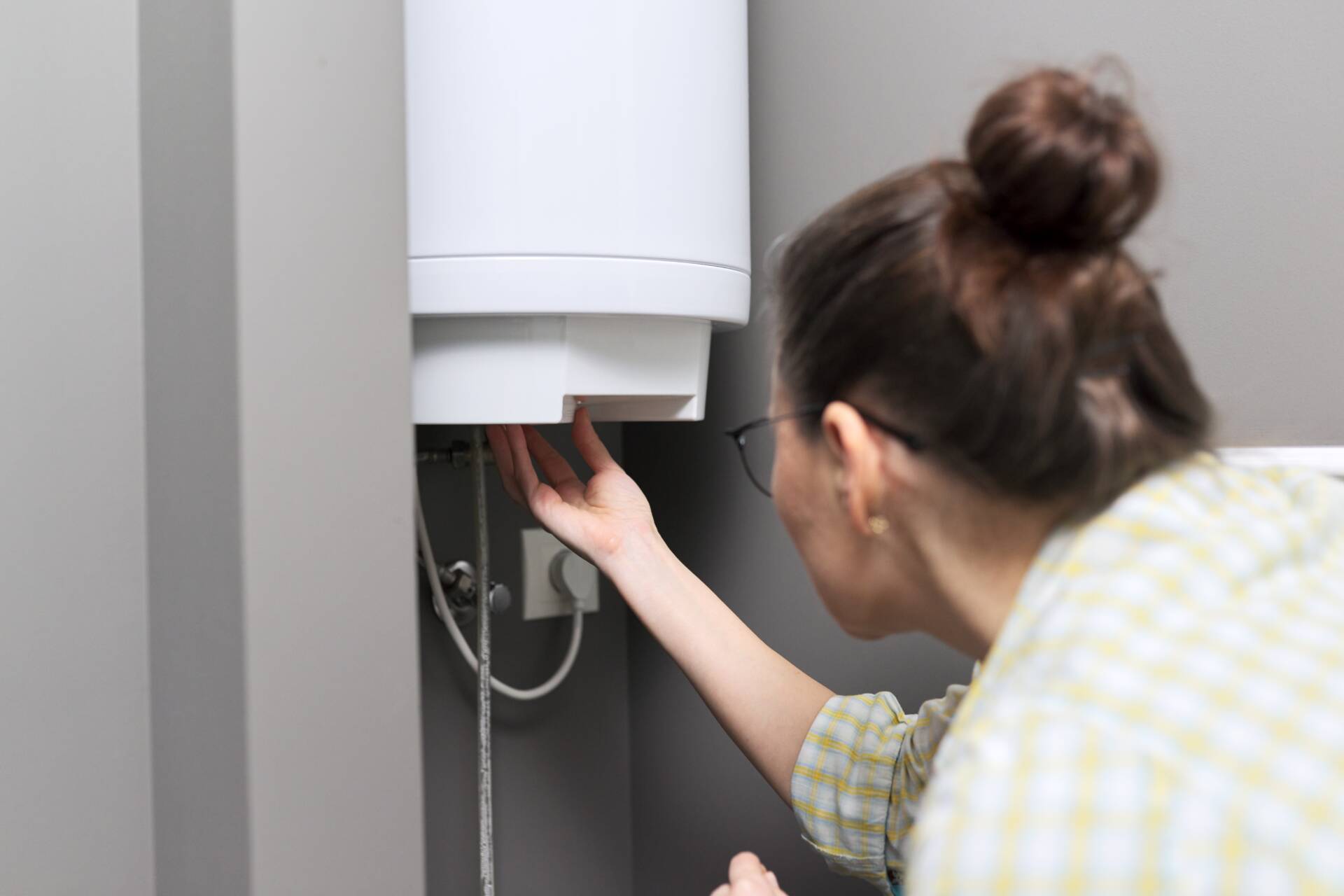How to Care for Your Home's Hot Water System Properly
How to Care for Your Home's Hot Water System Properly
Blog Article
How do you feel about Water Heater Maintenance Tips You Can't Afford to Forget?

Hot water is essential for day-to-day convenience, whether it's for a rejuvenating shower or washing dishes. To guarantee your hot water system runs efficiently and lasts much longer, routine maintenance is vital. This post offers functional ideas and insights on how to preserve your home's warm water system to stay clear of disruptions and expensive repair services.
Introduction
Preserving your home's hot water system may seem difficult, yet with a few simple actions, you can ensure it runs smoothly for several years to find. This guide covers whatever from recognizing your hot water system to DIY upkeep tips and understanding when to hire expert aid.
Significance of Keeping Your Hot Water System
Normal upkeep not only prolongs the lifespan of your warm water system yet additionally ensures it runs efficiently. Ignoring upkeep can lead to lowered efficiency, greater power expenses, and also early failing of the system.
Signs Your Warm Water System Demands Upkeep
Understanding when your hot water system requires focus can stop significant problems. Watch out for indications such as inconsistent water temperature, weird sounds from the heater, or rusty water.
Comprehending Your Warm Water System
Prior to diving right into upkeep jobs, it's useful to recognize the basic components of your warm water system. Commonly, this consists of the water heater itself, pipelines, anode rods, and temperature controls.
Regular Monthly Upkeep Tasks
Normal month-to-month checks can aid capture small problems before they intensify.
Purging the Water Heater
Flushing your hot water heater eliminates sediment accumulation, enhancing performance and extending its life.
Monitoring and Replacing Anode Rods
Anode poles avoid deterioration inside the container. Evaluating and changing them when broken is critical.
Evaluating and Changing Temperature Settings
Changing the temperature settings makes certain ideal performance and safety.
DIY Tips for Upkeep
You can carry out numerous upkeep tasks yourself to keep your warm water system in top problem.
Looking for Leaks
Regularly inspect pipelines and connections for leakages, as these can result in water damage and greater expenses.
Examining Stress Relief Valves
Examining the pressure relief valve guarantees it works appropriately and avoids extreme pressure build-up.
Protecting Pipes
Insulating hot water pipelines lowers warmth loss and can conserve energy.
When to Call a Specialist
While do it yourself upkeep is valuable, some concerns need expert competence.
Facility Problems Calling For Expert Help
Instances consist of significant leaks, electric problems, or if your hot water heater is constantly underperforming.
Routine Specialist Upkeep Advantages
Specialist upkeep can consist of complete evaluations, tune-ups, and ensuring conformity with safety criteria.
Final thought
Regular upkeep of your home's hot water system is important for performance, durability, and price savings. By adhering to these ideas and understanding when to seek expert help, you can make sure a reputable supply of warm water without unforeseen disruptions.
How to Maintain an Instant Hot Water Heater
Before tinkering with your hot water heater, make sure that it’s not powered on. You also have to turn off the main circuit breaker and shut off the main gas line to prevent accidents. Also turn off the water valves connected to your unit to prevent water from flowing into and out of the appliance. 2. When you’re done, you have to detach the purge valves’ caps. These look like the letter “T†and are situated on either side of the water valves. Doing so will release any pressure that has accumulated inside the valves while at the same time avoid hot water from shooting out and burning your skin. 3. When the purge valves’ caps are removed, you have to connect your hosing lines to the valves. Your unit should have come with three hoses but if it didn’t, you can purchase these things from any hardware or home repair shops. You can also get them from retail stores that sell water heating systems. Read the user’s manual and follow it to complete this task properly. When the hosing lines are connected, open the purge port’s valves. 4. You should never use harsh chemical cleaners or solutions when cleaning your unit. Make use of white vinegar instead. It should be undiluted and you’ll probably use about 2 gallons. 5. Now flush your water heater. This task should probably take about 40 minutes. We can’t give you specific directions for this because the procedure is carried out depending on the type, model and brand of your heater. With that being said, refer to the user’s manual. 6. When you’re done draining the unit, you have to turn off the purge port valves again. Remove the hosing lines that you earlier installed on each of the water valves. Put the valve caps (purge port) back in their respective places and be very careful so as not to damage the rubber discs that are found inside these caps. 7. Now that everything’s back in place, check your user’s manual again to find out how to reactivate your water heating system. 8. Once it is working, turn one of your hot water faucets on just to let air pass through the heater’s water supply pipes. Leave the tap on until water flows smoothly out of it. https://www.orrplumbing.com/blog/2014/september/how-to-maintain-an-instant-hot-water-heater/

I came across that post on Tips For Maintaining Your Hot Water Heater when surfing around the internet. Are you aware of another person who is fascinated with the niche? Take a moment to promote it. Thanks for being here. Kindly come visit our blog back soon.
Free Quote Report this page